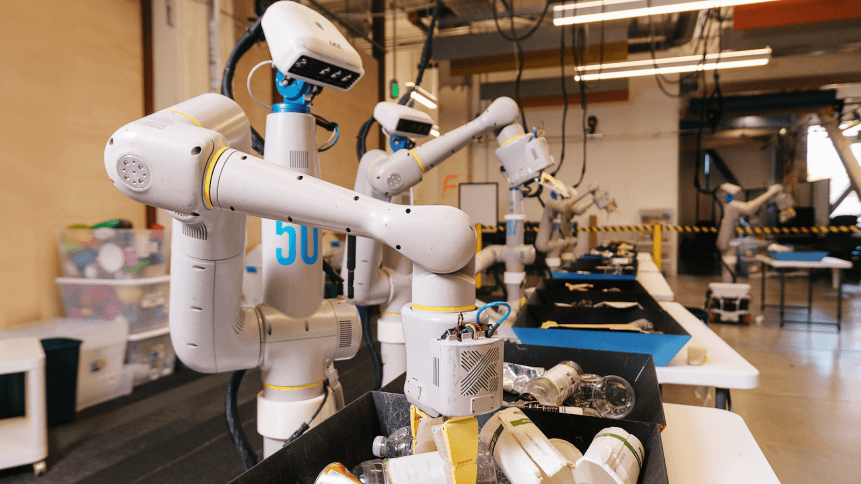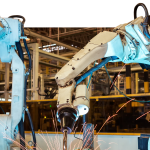UK wants new Brexit immigration laws to drive automation

As part of its vision for the country post-Brexit, the UK government has unveiled new plans to deny visas for low-skilled workers.
Instead, it wants businesses to “move away” from reliance on “cheap labor”, and instead invest in staff retention and automation technology.
Under the new plan, ‘skilled workers’ would be classified as those educated to the country’s A-level (or equivalent) standard. The move would cut a flow of workers to roles such as waitering and farm work.
To make up for what could be a deficit of workers in certain industries, the government is hoping businesses will invest in automation technology. However, it hasn’t provided detail about what forms this technology would take, or in what sectors specifically it would be deployed.
Among G10 nations, Britain currently has the lowest density of robots in manufacturing, and that is largely down to its reliance on a migrant labor force over the last decade, instead of buying new machinery.
The country has just 85 robots per 10,000 workers, according to a report by the Information Technology & Innovation Foundation (ITIF).
In comparison, Germany has 322 robots per 10,000 workers — driven by its (albeit slowing) car exports industry — while the US has 200 per 10,000 workers.
Asian countries are top adopters; leader Korea has a remarkable 710 robots per 10,000, according to a report by the Information Technology & Innovation Foundation (ITIF), which said robotics presented “important technologies to help reverse the productivity slowdown.”
Of course, with a dwindling migrant workforce following its new immigration policy, there is a risk that re-channeling investment by employers into automation could bring less need for human workers, including those in the UK, overall.
The UK government must also consider the cost of reskilling existing workers to manage the implementation and operation of the technology. In a previous article, Alex Guillen, technology strategist at Insight UK, said: “There’s no doubt that we need to speed up the adoption of automation in the UK.
“However, organizations cannot ignore the risks and have to implement them with care.
“The simple truth is that automation can only work when operating in conjunction with human employees. This means that, just as with any other part of the workforce, automation needs a business culture that will provide management, training, and support.
“You wouldn’t expect a newly hired employee to work effectively without education and supervision, and the same is true of automation.
“Whether operating in a factory or a customer services department, robots need clearly defined expectations, parameters of operations, standardized and refined processes, and competent supervision. Without this, they will quickly become a ‘problem employee’ instead of a benefit to the business.”










